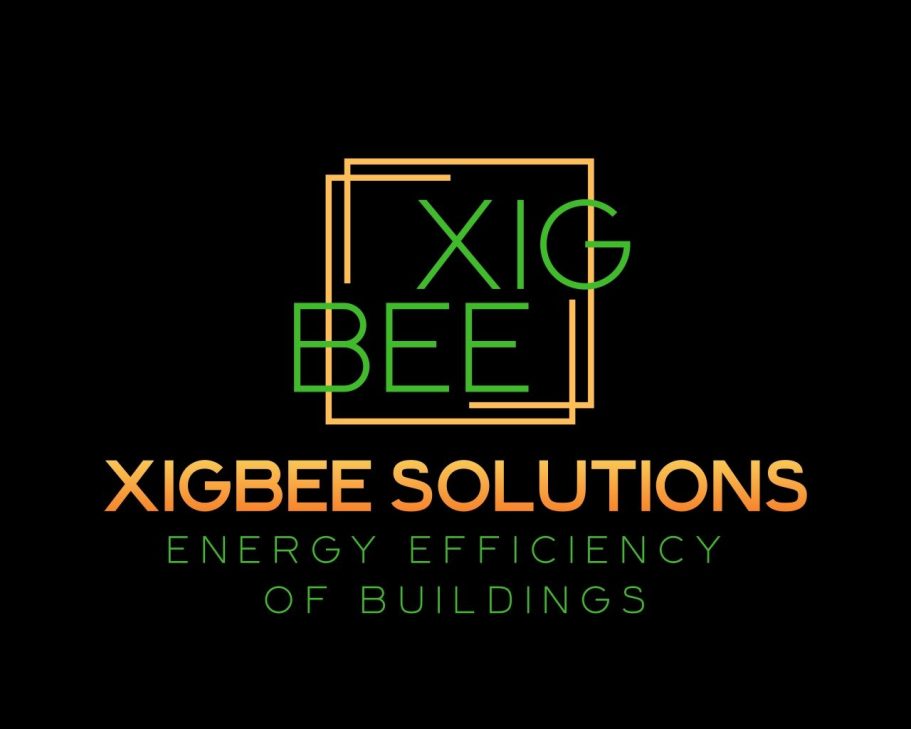
Renewables
Solar Power / Heating.
Wind Energy.
Biomass Systems.
Hydroelectric Systems.
Renewable Electricity Supply.
Air Source / Ground Source Heat Pumps.
Solar energy: Can generate all or some of a properties electricity needs, depending on the number of solar panels used, can store some of that electricity in the form of batteries and can heat water as well with ample sunlight, PV systems can harness energy in hot and cold climates. The basic building block of a PV system is the solar cell.
Wind Energy: Is a form of renewable energy generated from the kinetic energy of wind. It harnesses the power of the wind using wind turbines, which convert the movement of air into electricity. Wind energy is considered a clean and sustainable power source, contributing to reducing greenhouse gas emissions and reliance on fossil fuels.
Biomass Systems: A biomass heating system is a renewable energy source generated from burning organic matter. The systems may use direct combustion, gasification, combined heat and power (CHP), anaerobic digestion or aerobic digestion to produce heat. Biomass heating may be fully automated or semi-automated, and they may be pellet-fired, or they may be combined heat and power systems. Biomass heating systems heat homes by burning various types of wood and natural materials rather than fossil fuels like gas or oil.
Hydroelectric Systems: Home hydroelectric power involves using small-scale hydroelectric systems, often referred to as micro-hydropower, to generate electricity from nearby water sources such as streams or rivers. These systems harness the energy of flowing water to produce electricity, which can be used to power your home or stored for later use.
Renewable Electricity Supply: What renewables are used to generate electricity supplied by the national grid?
Today, there are four main renewable energy sources used to power the UK's grid network: wind, solar, hydroelectric and bioenergy. They harness the natural power of the sun, our weather, our waterways and tides, and organic materials to generate electricity. Check with your energy supplier and find out how much of their supply is generated using renewable energy sources.
Air / Ground Source Heat Pumps: Ground source heat pumps (GSHP) and air source heat pumps (ASHP) are both renewable energy devices that use heat from the environment to heat and cool homes, but they differ in how they extract that heat. ASHPs draw heat from the air, while GSHPs extract it from the ground. GSHPs are generally more efficient due to the ground's more consistent temperature year-round, but they are more expensive to install. ASHPs are cheaper to install, but their efficiency can fluctuate depending on the air temperature.
Heat Recovery
In the UK, heat recovery systems, often referred to as Mechanical Ventilation with Heat Recovery (MVHR) systems, are ventilation systems that extract stale air from a building and introduce fresh air, while recovering a significant portion of the heat from the outgoing air. This recovered heat is then used to warm the incoming fresh air, improving energy efficiency and indoor air quality.
Key features and benefits:
Energy Efficiency:
MVHR systems reduce heat loss associated with ventilation, potentially lowering heating costs by around 25%.
Improved Air Quality:
They provide a continuous supply of fresh, filtered air, reducing condensation, dampness, and pollutants.
Whole-House Solution:
MVHR systems are designed to provide ventilation throughout the entire building.
Heat Recovery Process:
Warm, moist air is extracted from wet rooms (kitchens, bathrooms) and passed through a heat exchanger, where its heat is transferred to the incoming fresh air.
Cost Savings:
While there's an initial investment, these systems can lead to significant long-term savings on energy bills.
MVHR New Builds and Renovations:
They are ideal for new construction and renovations, especially when aiming for high energy efficiency.
Reduced Heating and Cooling Demands:
They can lower the overall heating and cooling needs of a building

